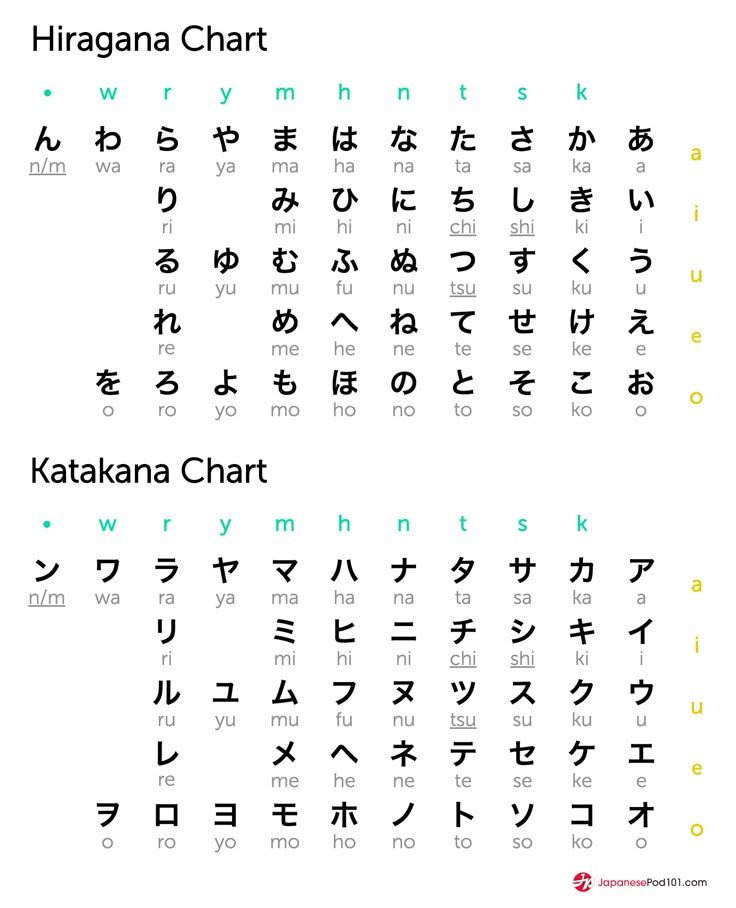Bear's Guide to learning Japanese

The Japanese language is incredibly fascinating to me, because much like Arabic, which is my native tongue, it has a long and rich history and a beauty that can only be found within it. I have been learning it for about 11 years now, and while it was by no means a totally concentrated effort, I still loved it enough to continue digging deep into it for over a decade now. I won't be teaching you much directly, but I hope to clear the confusion and mystery surrounding Japanese as a 'Difficult' and 'Scary' language, and ultimately inspire someone to start their beautiful Nihongo Jouzu journey.
My aim for this guide is to include only free resources and be clutter free, helping you pick up the language in the simplest way possible, so don't expect it to be lengthy and exhaustive because that goes against the whole purpose of this page. No expensive courses, no multiple book series, no subscriptions, and definitely no lengthy Kanji lists for you to memorize over and over till your brain is numb. All resources here are ones that I personally used/still use.
Getting started
Learn Hiragana and Katakana. You have no choice, Romaji can only get you so far before you slam into a wall and get stuck, plus you can brag to your friends about how you can read and write in Japanese when you're done. Just do it, think about nothing else for now. My personal advice is to get very familiar with all the letters, especially how they're written and how they're pronounced before you move on.
And this is a handy reference with how each letter is pronounced if you find yourself in doubt.

The road continues
Now that we have a good grasp on the basic Japanese writing system, it's time to move on to something a little more interesting in my opinion: how the language works, AKA grammar. Tae Kim's Japanese guide to Japanese grammar is my absolute favourite resource that I'll include here. It feels much more like a cool and kind Japanese teacher than a bunch of words on a screen or paper. It covers pretty much everything there is from total beginner to the more advanced topics, with a very seamless and smooth transition and a thourough but easy to understand explanation. It does not promise you to "speak fluent Japanese in 30 days" but it will give you a rock solid foundation. And for those with an Android device there's a neat little application that contains the whole guide plus a couple more useful tools. All cost and ad free of course because I genuinely care about you and your well-being.
Once again, my personal advice is to take it slow. Tae Kim's guide is divided into many small sections as to not overwhelm you. Start with the Introduction & Writing System sections and become more familiar with the language and why it works the way it does. After that, you may learn at your own pace as the guide encourages going back and forth to cement the concepts you learned in your head.
One thing I feel like I haven't seen many people mention except in the later stages of learning is how to become a good speaker. I feel strongly that it doesn't matter what your proficiency level is or even what language you are learning, it is always a good idea to speak it out loud. Even if it's basic stuff like "This is a cat", "I want a book", "I love eating", you'll be amazed by how quickly you'll get better at the language, especially if you've ever put countless hours into learning a language only to realize down the road you can barely hold a conversation, which is usually what happens at school. It's also kinda fun I will not lie, or maybe it's just the language nerd in me speaking but nonetheless! I encourage you to apply what your learn and speak it out loud, whether it's to yourself, your cat, or your home appliances is irrelevant, but hey, if you get lucky and find a conversation partner that's even better, also I'd totally be jealous of you.
Kanji
Currently under construction. Come back later when there's more stuff to see.
